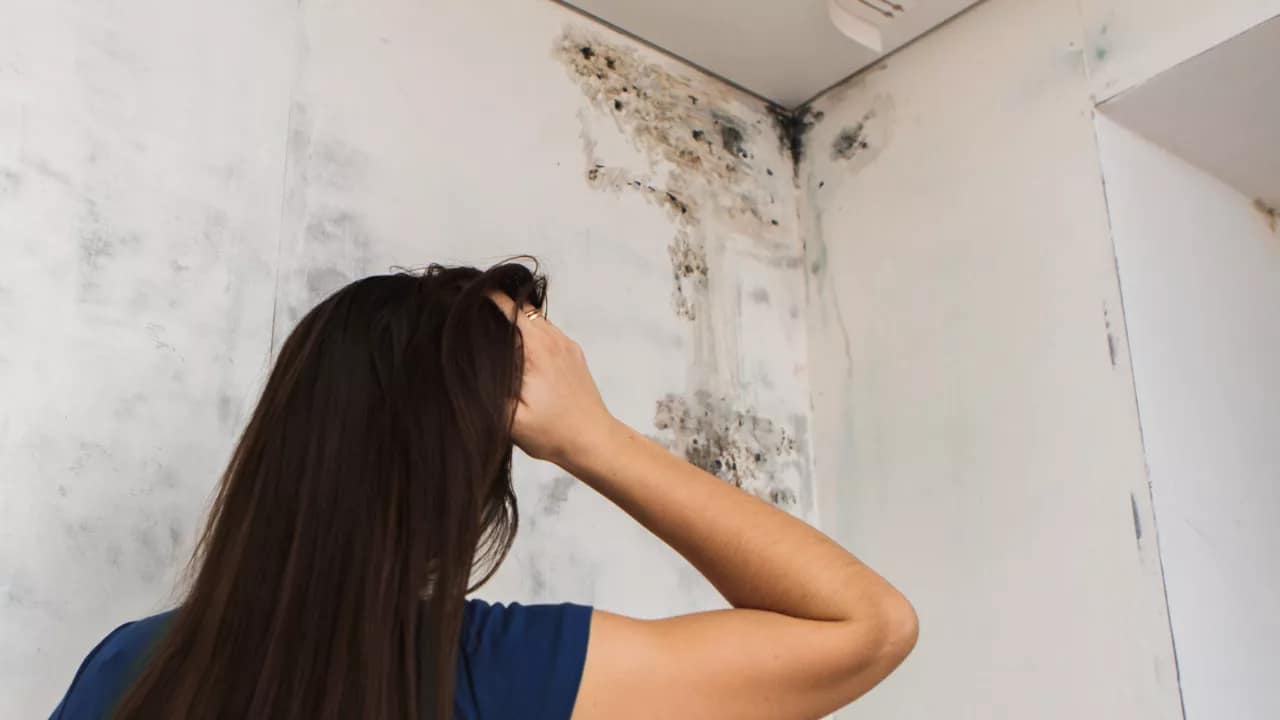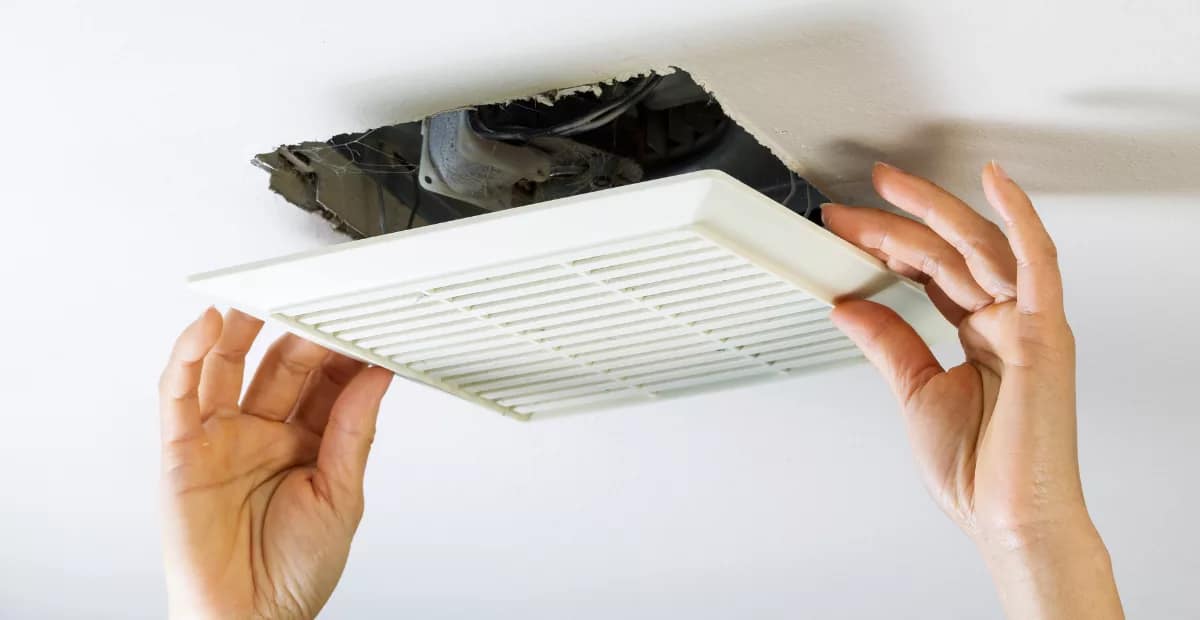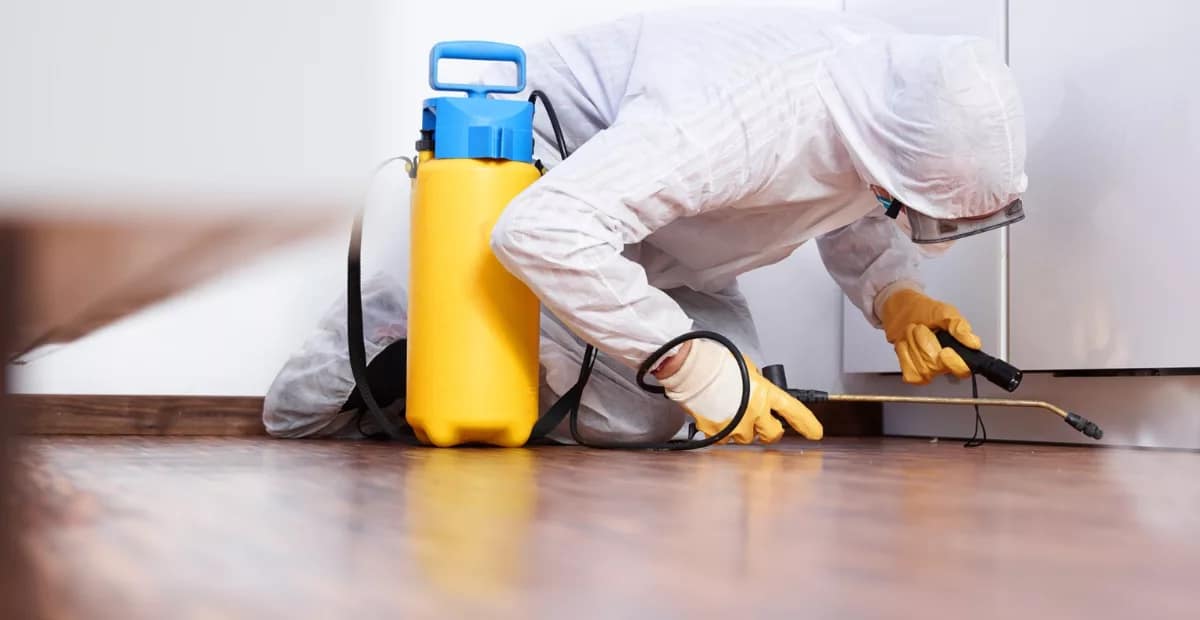
Tips for Preventing Mold in Your Home or Business, Even Without Moisture
Do you wonder if mold can thrive in a place that appears totally dry? Well, you’re not alone either. Mold growth may take place without obvious signs, such as a puddle. But do not worry! Even in dry conditions, this blog post has the advice and techniques you need to prevent mold growth in your house or place of business.
Can Mold Grow in a Dry Climate?
Actually, yes! Mold can cause problems even in dry surroundings. Even though mold tends to excel in places that have moisture, it may still find a comfortable place to reside in dry climates. There is no need for visible water sources to sustain it and they just go dormant. So, keep your eye out for the slightest bit of mold growth to spring back into action anytime and anywhere.
What are the Signs of Mold Growth in the Absence of Moisture?
Although it may seem unattainable, discovering mold in a dry area can be like attempting to find annoying pests behind unused and dusty cabinets. Hidden mold can spread behind wallpaper, under carpets, or inside walls that you may not probably notice. Pay attention to:
- Musty smells: Mold may be the source of a musty smell in your home.
- Discoloration: Odd patches on ceilings or walls may be a clear indication of mold. It can be a fuzzy or slimy patch that comes in shades of green, black, brown, or orange.
- Allergy flare-ups: Mold likes to have fun with your sinuses, so be aware of any sudden itching in your eyes or sneezing fits.
How can Mold be Prevented in Areas with Low Humidity Levels?
Whether it is inside your home or office, do not let mold infiltrate your area! This requires you to control the indoor air quality in your environment in all the best possible ways. Here are some friendly tips:
- Prioritize air circulation: Proper ventilation is key. Open those windows and allow the fresh air to move around the room.
- Stop the leaks as soon as possible: A small drip might become an inviting environment for mold. Repair, or replace it if necessary.
- Invest in a quality dehumidifier: The role of dehumidifiers is to get rid of any moisture that may be present in the air. Maintain indoor humidity levels by at least below 50%.
- Turn clean freak mode on: Clean and dry moist areas nicely, such as kitchens and bathrooms, on a regular basis. Mold detests being tidy!
Are there Specific Building Materials or Surfaces that are More Prone to Mold Formation in Dry Conditions?
Unfortunately, yes. It is especially important to avoid materials that are porous and can retain moisture because they serve as exclusive entrances for mold. Be cautious of the following:
- Wood: If wooden surfaces are left untreated or have been poorly sealed, mold will quickly settle in.
- Drywall: If the paper backing of drywall becomes wet, it may attract mold.
- Carpet: Like a sponge, carpets can absorb moisture, giving mold a warm, welcoming place to grow.
As you can tell, mold is a very common sighting in homes and buildings. It can also grow on cardboard, ceiling tiles, dust, paints, wallpaper, insulation, fabric, and upholstery aside from the mentioned building materials above. However, residential mold infestations are not scientifically measured.
What Role do Ventilation and Air Circulation Play in Mold Prevention, especially in Dry Environments?
Consider ventilation as your superhero costume that helps you fight off mold. Enough ventilation keeps moisture levels under control and prevents the buildup of dampness. Thus, let the air do its thing by opening the windows and turning on the fans. Mold spores are dispersed by constant motion within a structure before they can settle and grow. In addition, ventilation aids in reducing indoor humidity levels. By allowing moist air to escape and drier air to enter, it creates an indoor environment less favorable for black mold growth. Remember, mold prevention is always better than cure when it comes to mold.
What are Some Common Misconceptions about Mold Growth in Dry Climates, and How can They be Addressed?
- Myth: Mold in dry environments cannot grow.
Reality: What is true is that mold spores can stay dormant in dry conditions and come back once exposed to moisture. Never overlook its wicked abilities!
- Myth: Only wet, dark environments allow mold to thrive.
Truth: Mold does not discriminate. It can camp out anywhere, even in your shaded cellar or sun-drenched living room. Mold in hidden places can also pose problems and should be addressed by regularly cleaning.
Are there Any Innovative Technologies or Products Available for Combating Mold in Areas with Minimal Moisture?
Absolutely! There are several products and technologies available to combat mold in areas with minimal moisture. Thanks to advanced technology and continuous research and development, there are plenty of helpful tools that make life easier and more convenient. Stay on top of your indoor maintenance by using:
- Mold-resistant paints and building materials: Use paints that are intended to repel mold to add an additional layer of protection to your walls.
- Smart sensors: Monitor the humidity levels inside your home and receive alerts if there is any potential moisture damage.
- UV-C lights: Using these lights, mold spores can be effectively eliminated from surfaces and the air.
Conclusion
Mold can still surprise you, even in the driest of zones. You can continue to enjoy excellent air quality and mold-free conditions in your house or place of work with a little understanding and proactive steps. You can greatly lower the risk of mold growth in your home or business. That means– Stay mindful, maintain your cool, and try to prevent mold from growing! Your place will appreciate it. Because a clean and comfortable space deserves the care it needs to keep you safe and stress-free every day.

















